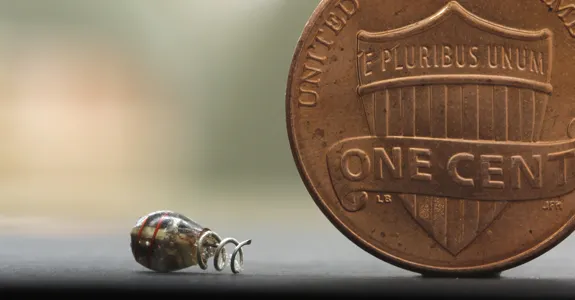
Dr. Ada Poon received her Ph.D. degree from the EECS department at the University of California at Berkeley in 2004. Her dissertation attempted to connect information theory with electromagnetic theory so as to better understand the fundamental limit of wireless channels. Upon graduation, she spent one year at Intel as a senior research scientist building reconfigurable baseband processors for flexible radios. Afterwards, she joined her advisor’s startup company, SiBeam Inc., architecting Gigabit wireless transceivers leveraging 60 GHz CMOS and MIMO antenna systems. After two years in industries, she returned to academic and joined the faculty of the ECE department at the University of Illinois, Urbana-Champaign. Since then, she has changed her research direction from wireless communications to integrated biomedical systems. In 2008, she moved back to California and joined the faculty of the Department of Electrical Engineering at Stanford University.
Dr. Ada Poon enjoys solving problems that require an interdisciplinary system view, from theoretical studies to efficient implementation. Currently, she is researching the wireless delivery of power and data to medical implants, the limits of utilizing polarization in communication systems, and applying mathematical concepts to RF/analog circuit architectures.
The Poon lab's research focuses on providing theoretical foundations and engineering innovations for realizing electronics that seamlessly integrate with the body. Such systems will allow precise recording or perturbation of physiological processes for advancing basic scientific discovery; and restoring or augmenting biological functions for clinical applications. Although advances in semiconductor technology enable micro-scale devices, nearly all existing systems for recording or modulating electrical activity in the body require large power supplies or communication components tethered, often through a lesion in the skin, in overall configurations that do not permit natural behavior or prolonged use. At the scale of a millimeter, wireless devices have not been demonstrated because of severe challenges in miniaturizing energy storage or harvesting components, but such systems could address a broad need for minimally invasive diagnostic and therapeutic technologies.
The main thrust of their research program aims to address these obstacles through fundamental understanding of power transfer physics with advances in low-power integrated circuits in order to demonstrate the insertion of fully operational sensors, electrodes, light sources, and other electronics deep inside the body. An array of these tiny probes enables measurement or perturbation of physiological parameters in previously inaccessible locations and over long time periods, leading to immediate applications, including programmable optogenetic stimulation and intracardiac mapping for monitoring electrical activity in the brain and heart. More far-reaching applications are to embed these tiny probes with stem-cell-based tissue to build artificial organs. Their research program therefore involves close collaborations with biologists and clinical specialists to realize these applications with the overall goal of advancing basic biomedical research as well as developing new diagnostic and therapeutic tools.










